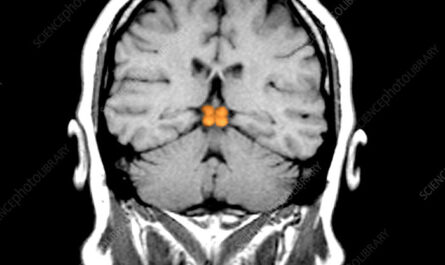Social interactions are intricate experiences that involve recognizing and responding to the emotional states of others. Neuroscientists and psychologists have long been investigating the neural and behavioral foundations of social interactions. A recent study published in Neuron, led by researchers from Sun Yat-Sen University and the University of Science and Technology of China, sheds light on the differences in empathic responses between male and female mice when encountering another mouse in pain.
The researchers, Sunchang Fang, Zhengyi Luo, and their colleagues, emphasized that understanding how affective states are expressed and perceived and their impact on social decisions is crucial for successful social interactions. However, the neural and behavioral underpinnings of these processes are still not well understood.
The primary focus of the study was to examine the neurobiological and behavioral differences between male and female mammals in response to another animal’s pain. To accomplish this, they conducted experiments on mice, where two mice were housed in lateral chambers, and a third mouse was placed in the central section of a common cage. One of the mice in the lateral chamber received an injection causing abdominal Pain, while the other two did not.
Initially, both male and female mice displayed similar exploratory behaviors in their surroundings. However, towards the end of each experimental trial, the researchers observed distinct behaviors. Male mice exhibited more grooming behaviors, while female mice demonstrated a preference for the mouse in pain, spending more time near it and sniffing it.
The researchers discovered that male and female mice emit unique olfactory cues after experiencing distress. These cues activate distinct neural circuits in the piriform cortex (PiC), leading to sexually dimorphic empathic behaviors in observers.
In female observers, the PiC → PrL pathway is activated, inducing a social preference for the distressed counterpart. Conversely, in male observers, the PiC → MeA pathway is activated, resulting in excessive self-grooming behaviors.
The researchers identified non-overlapping PiC neuron populations with distinct gene expression signatures that regulate these sexually dimorphic neural pathways. These gene expression signatures are influenced by transcription factors and sex hormones.
The findings from this study suggest that male and female mice have distinct biological responses to other mice in pain. While females tend to get closer to a peer in pain, males respond with excessive self-grooming. These results could serve as a foundation for further research into the neural mechanisms underlying sex-specific social behaviors.
The researchers concluded that their study offers insights into the neural mechanisms underpinning sex differences in higher brain functions, as they uncover how internal states of social counterparts are processed through sexually dimorphic mechanisms at the molecular, cellular, and circuit levels.
*Note:
1. Source: Coherent Market Insights, Public sources, Desk research
2. We have leveraged AI tools to mine information and compile it



